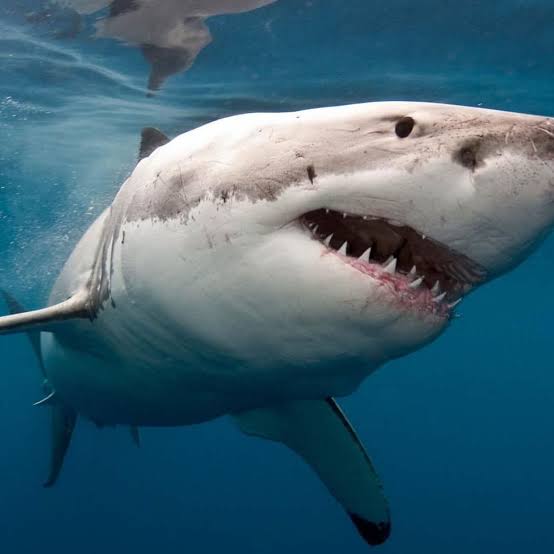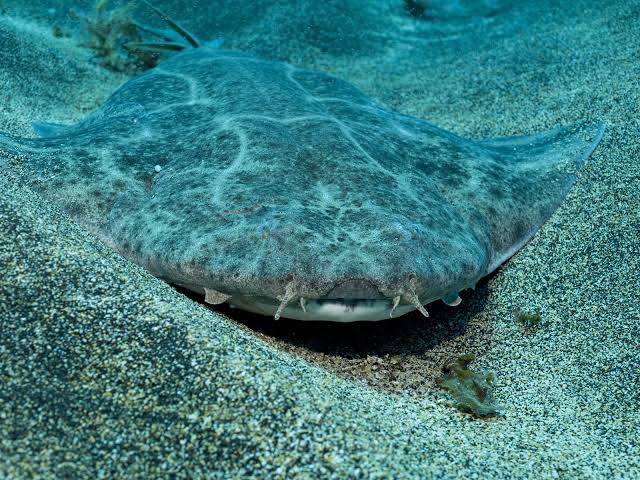
1 . They can clone themselves
Through a process that has been observed in many animals, sharks can clone themselves through parthenogenesis, a type of external fertilization. This has been seen in female sharks being kept in captivity.
2 . The great white isn’t the biggest shark

Movies have made the great white shark famous as a predator, but it’s not the biggest shark in the ocean. That honor goes to the whale shark, which grows up to 60 feet in length. Though it has the size, the whale shark doesn’t have the terrifying look that makes the great white shark so distinct. This giant of the water feeds on small fish, plankton and invertebrates. That means whale sharks don’t have those razor-sharp teeth and huge jaws that make the great white shark such a perfectly terrifying villain. By comparison, the great white shark grows up to 20 feet at most.
3 . THERE ARE OVER 500 SPECIES OF SHARKS
143 of these are under threat, listed by IUCN from vulnerable to critically endangered.
4 . Their teeth are immune to cavities.
Made with protective fluoride coating, sharks need not pay a visit to the dentist.
5 . Great white sharks eat 11 tons of food each year.
Don’t be fooled. Though these sharks eat tons of food, they can go as long as three months without eating.
6 . Female sharks lose their appetite before giving birth.
This is to prevent them from eating their own offspring.
7 . Most sharks hunt alone.
There are, however, some species like the scalloped hammerhead that hunt in packs.
8 . Basking sharks also rarely travel alone.

Typically they travel in pairs but have been seen in schools of 100.
9 . Angel sharks can ambush their prey in one-tenth of one second.

If you look away, you just might miss it.
10 . Sharks can go into a trance.
When you flip a shark upside down they go into a trance-like state called tonic immobility.
This is how scientists study them in the water without risk of danger.
11 . Sharks reproduce differently.
Sharks exhibit great diversity in their reproductive modes. There are oviparous (egg-laying) species and viviparous (live-bearing) species.
Oviparous species lay eggs that develop and hatch outside the mother’s body with no parental care after the eggs are laid.
12 . The jaws of sharks are not attached to their skull.
They can move both jaws independently and even possess the ability to extend them.
13 . 30% of sharks are close to extinction.
Hammerheads were the first species of shark on the endangered species list but blue sharks, highly coveted for their fins used in shark fin soup, are classified as Near Threatened.
14 . Most sharks live 20-30 years.
They used to live way longer (like over a hundred years) but today a shark’s lifespan averages at 20-30 years.
15 . All sharks are carnivorous.
Sharks have varying characteristics, but vegetarian is not one of them.
16 . Sharks can detect electricity.
Sharks have electroreceptor organs called “ampullae of Lorenzini,” and they use this to detect electromagnetic fields that all living creatures emit.
